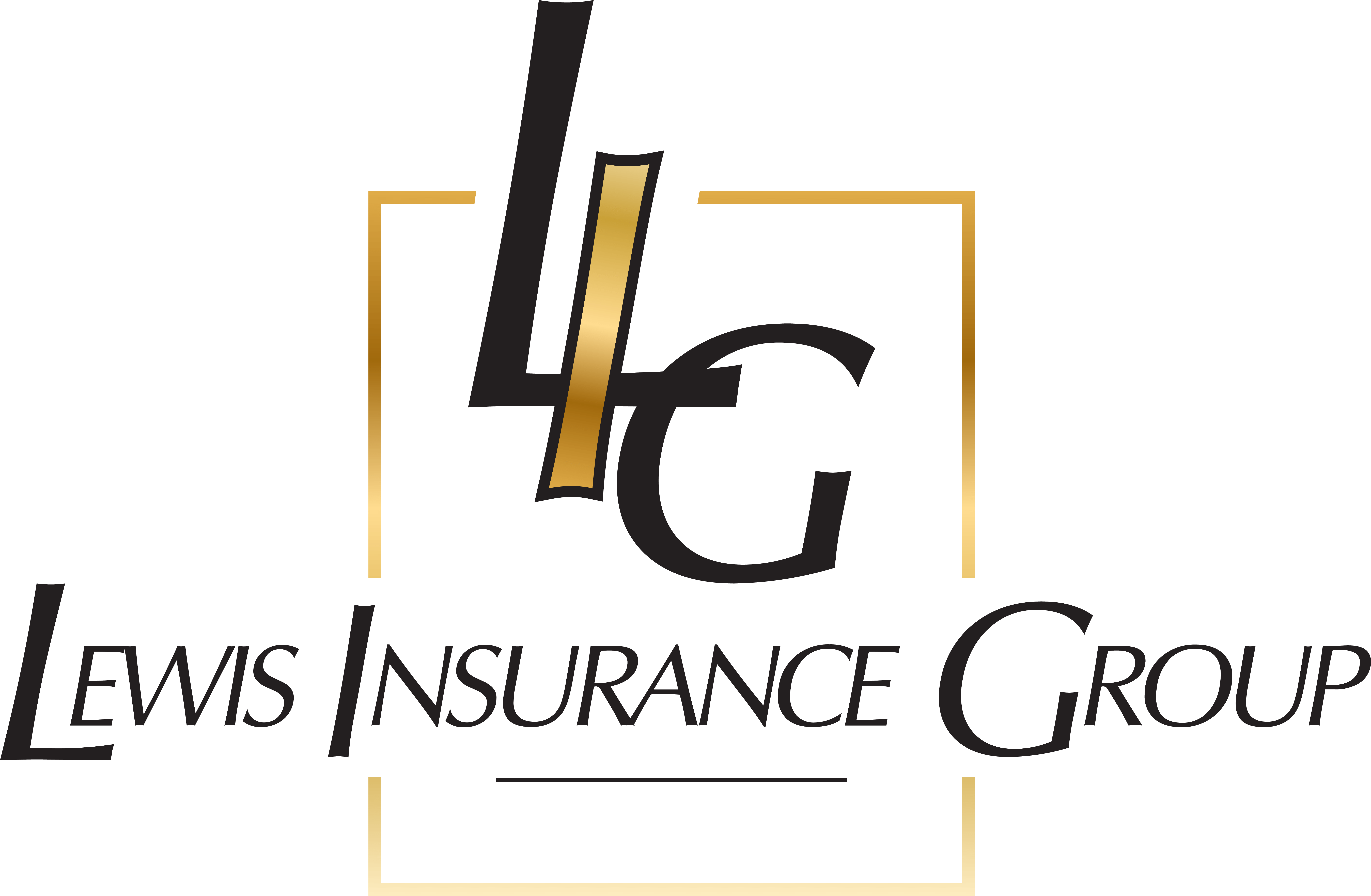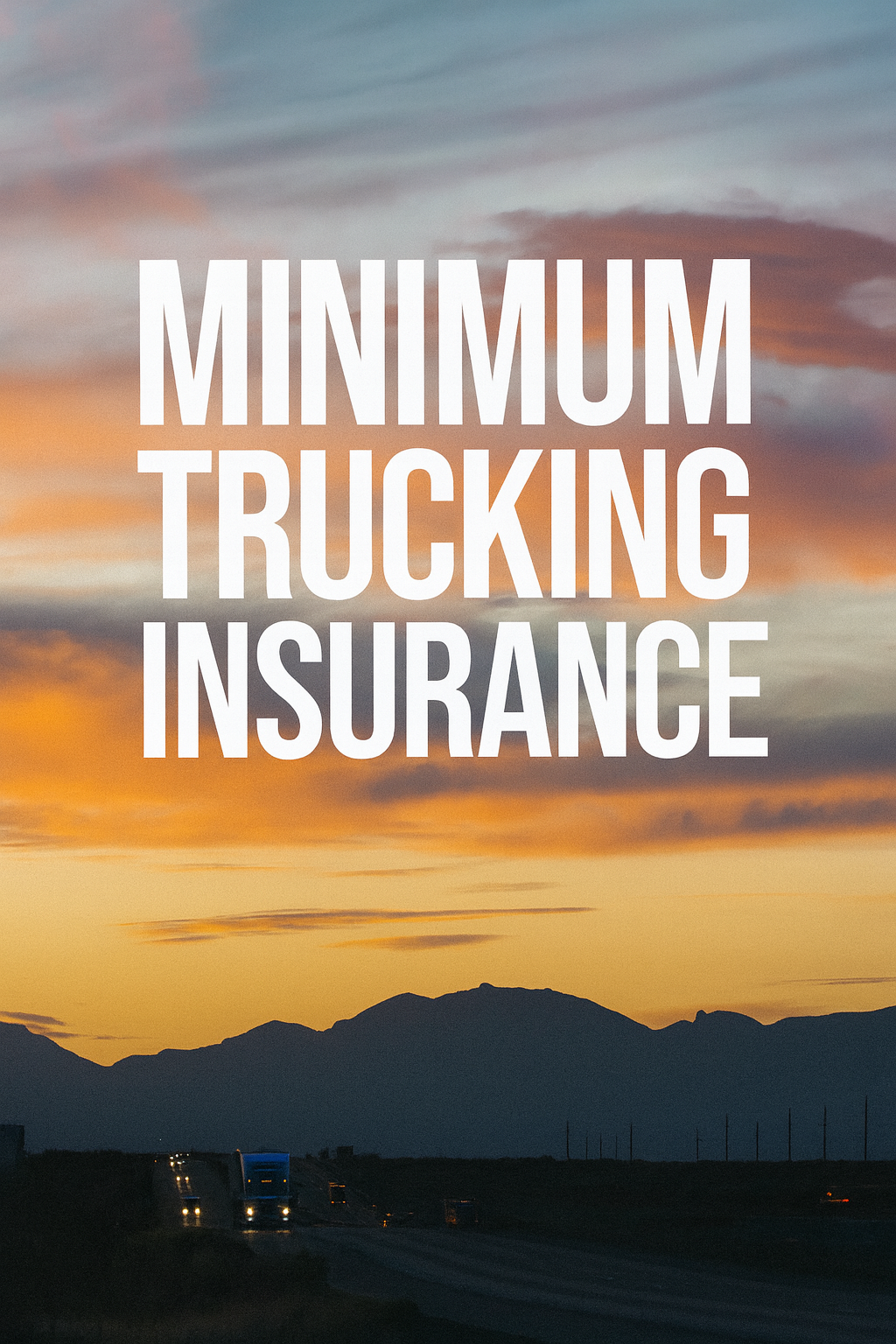What Every Trucking Business Needs to Know
If you’re starting or running a trucking company, one of the first questions you’ll face is: What’s the minimum insurance I legally need?
The answer isn’t one flat number. It depends on what you haul, how heavy your trucks are, and whether you're transporting passengers or hazardous materials.
In this post, we’ll break down:
1. The federal minimum liability insurance requirements
2. Differences for freight vs passenger operations
3. A chart you can use as a quick reference
4. Why many carriers buy more than the minimum
5. How selecting proper coverage protects your business, drivers, and reputation
Federal Minimums, The Baseline You Can’t Go Below
The Federal Motor Carrier Safety Administration (FMCSA) sets the financial responsibility standards for trucking companies engaged in interstate commerce.
These minimums are codified in 49 CFR Part 387 and are often referred to as liability minimums or 'minimum insurance' you must carry.
Here’s what those minimums look like today:
• General Freight, Nonhazardous, vehicles over 10,001 lbs: $750,000
• Nonhazardous freight in smaller vehicles under 10,001 lbs: $300,000
• Hazardous materials, special commodities: Up to $5,000,000 depending on the commodity
• Passenger operations: $5,000,000 for large vehicles, $1,500,000 for vehicles with 15 or fewer seats
Freight vs Passenger, Why the Requirements Diverge
The difference between hauling freight and hauling people is risk exposure.
When you transport passengers, the liability exposure is much higher, more bodily injury risk, more chance of high claims.
That’s why passenger operations carry higher minimums.
• Freight operations rely on the $300,000, $750,000, and $5,000,000 scales above depending on weight and commodity
• Passenger operations must carry $5,000,000 for large vehicles or $1,500,000 for smaller ones with 15 seats or fewer
Insurance Filing Requirements Chart
• Nonhazardous freight, vehicle over 10,001 lbs: $750,000
• Nonhazardous freight, vehicle under 10,000 lbs: $300,000
• Hazardous materials, high-risk commodities: $1,000,000 to $5,000,000 depending on type
• Passenger service, seating over 15: $5,000,000
• Passenger service, seating 15 or fewer: $1,500,000
Why Most Companies Carry More Than the Minimum
• Risk of catastrophic losses: The minimum is sometimes insufficient if a major accident leads to multimillion dollar liability, medical expenses, or property damage.
• Litigation and legal inflation: Over time, legal costs and jury awards have escalated. Many carriers choose higher liability limits or excess policies to protect their assets.
• Broker, shippers requirements: Freight brokers, shippers, or contracts often demand higher liability coverage than the regulatory minimum before they’ll let you haul for them.
• Protecting your company’s balance sheet: Many trucking insurers offer excess limits or umbrella liability policies to stack above the base.
• Reinsurance and underwriting practices: In underwriting, insurers often expect insureds to carry prudent coverage. They may be unwilling to offer favorable rates if someone stays at the bare minimum.
How Minimum Insurance Requirements Impact Your Business
• Operating Authority: You can’t legally maintain or obtain interstate operating authority, USDOT or MC number, without proof you carry the required liability insurance.
• Insurance Filings and Endorsements: You must file forms like BMC 91, MCS 90 endorsements, and proof of insurance for FMCSA compliance.
• Risk of Noncompliance: Falling short invites fines, loss of authority, or cancellation. Regulatory agencies enforce these aggressively.
• Competitive Disadvantage: Carriers who stay at the minimum may lose contracts to fleets that carry stronger coverage. Brokers and shippers often favor more secure operators.
Best Practices for Meeting and Exceeding Minimums
• Understand the commodities you haul: If you haul hazardous materials, your minimum may jump to $5,000,000. Be clear on what your freight contains.
• Match coverage to fleet size and risk: New or small fleets may start near minimums, but plan to scale coverage as your operation grows.
• Add excess or umbrella liability: It’s a relatively small incremental cost that yields much higher protection.
• File all required endorsements and forms correctly: BMC 91, MCS 90, state filings — missing or incorrect paperwork can nullify coverage.
• Review regularly: Annually or after route, cargo, or fleet changes, reassess whether your minimums are sufficient.
• Don’t skip related coverages: Liability is the baseline. Also consider cargo insurance, physical damage, general liability, and workers comp where needed.
Final Word, Minimums Are Not Maximums
The minimum insurance a trucking company must carry, whether for general freight, hazardous materials, or passenger operations, is non-negotiable.
It’s the legal foundation you need to build your business on. Yet minimums are not the ceiling, they are a floor.
Meeting the minimum keeps you legal. But exceeding it protects your business, your fleet, and your reputation.

